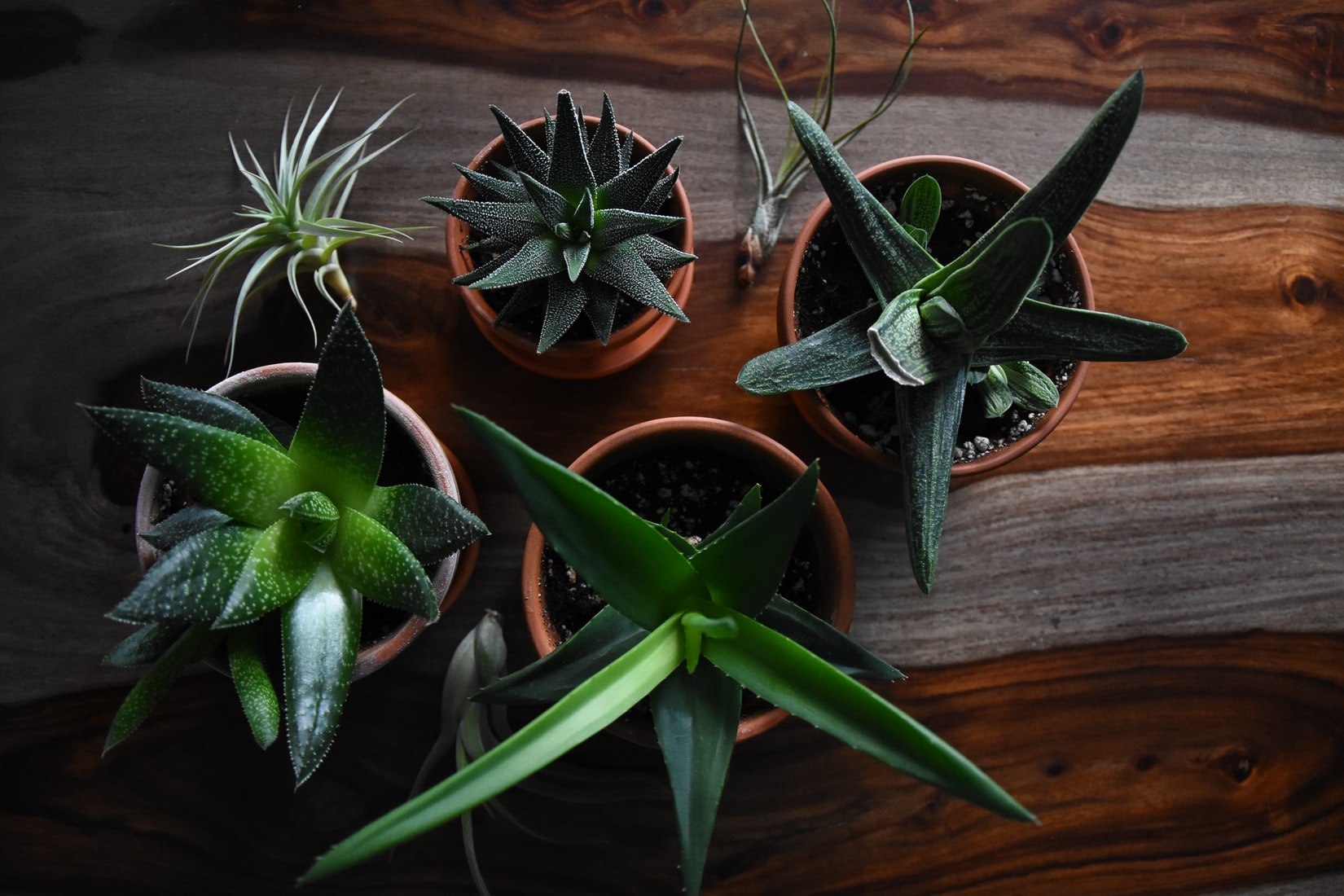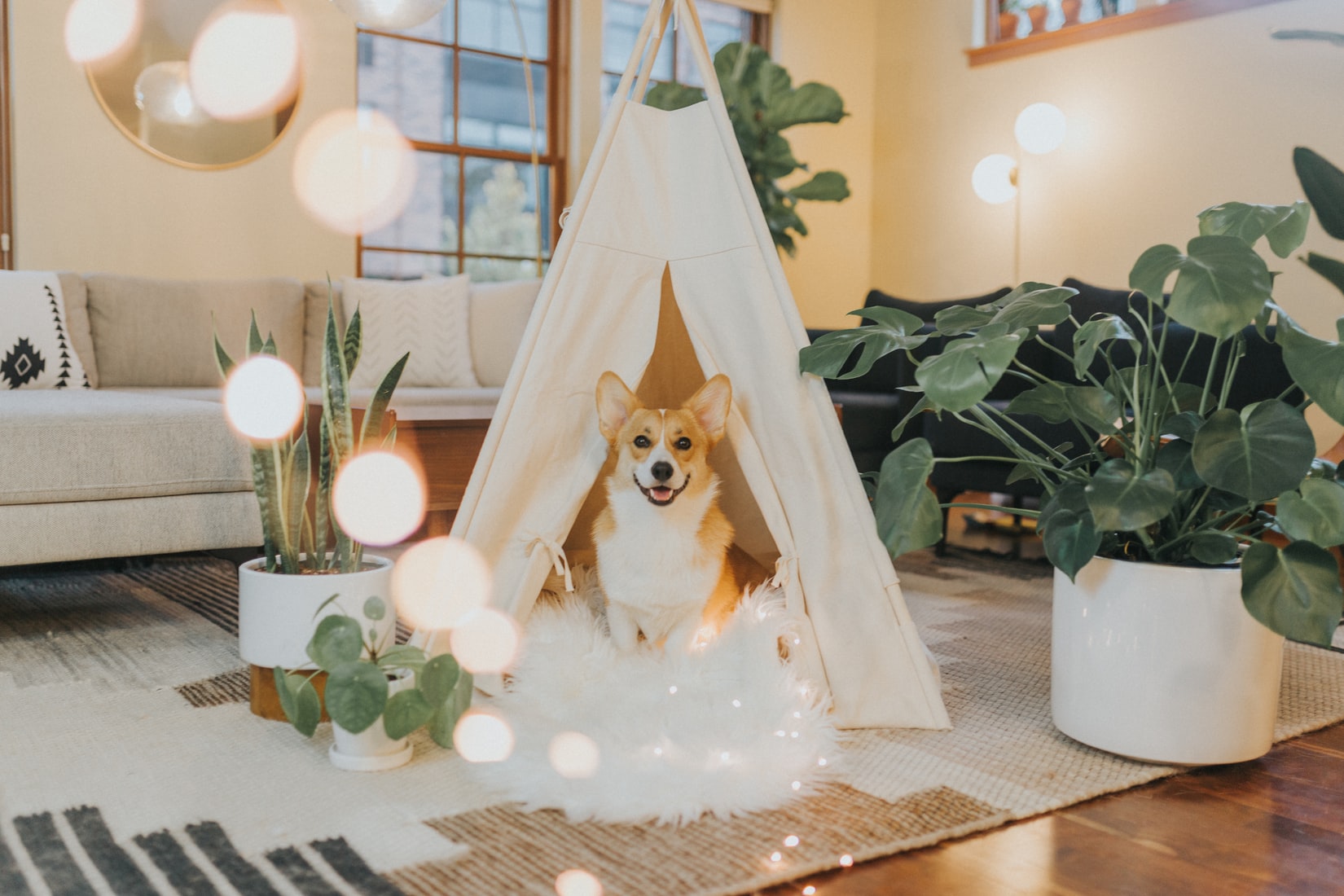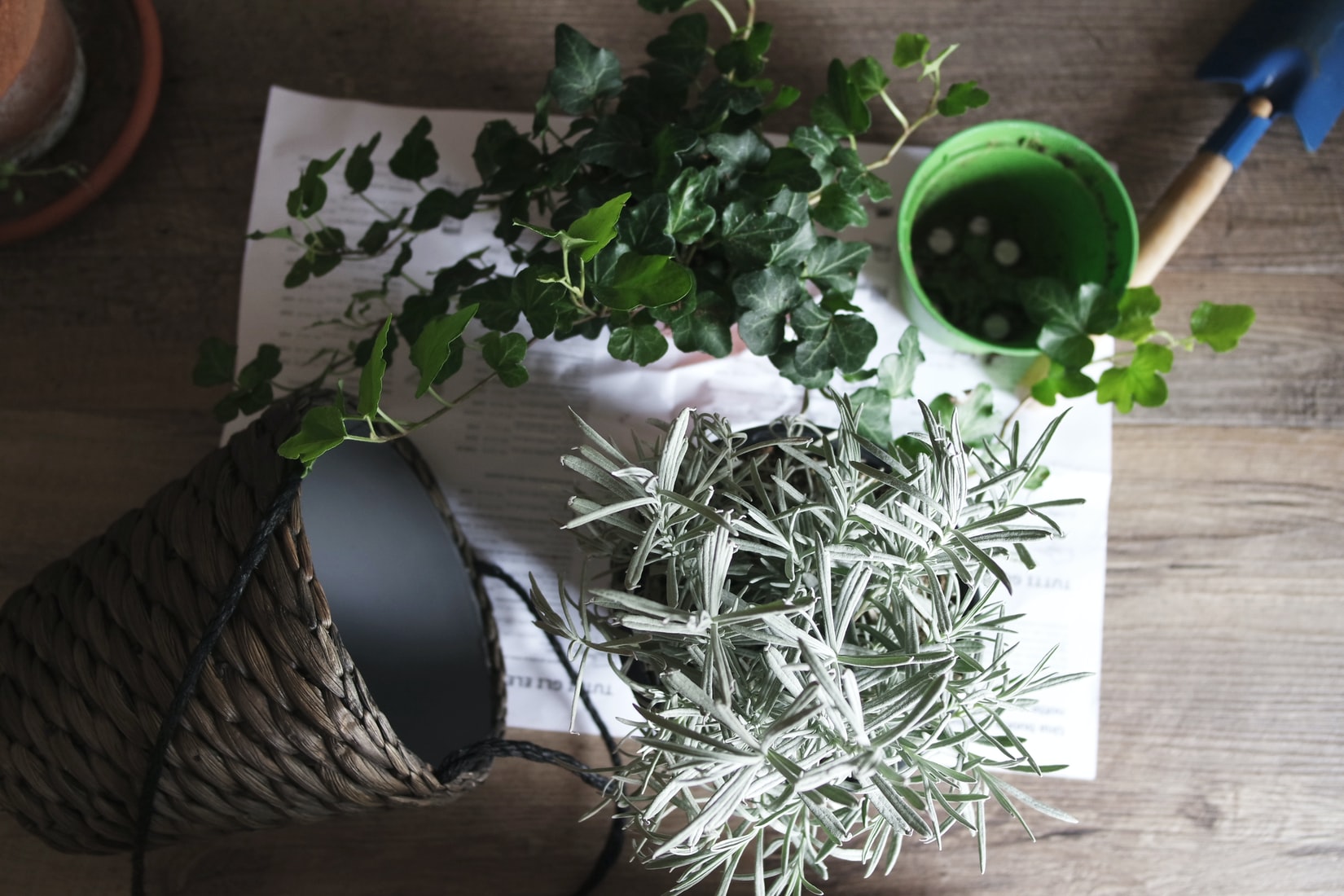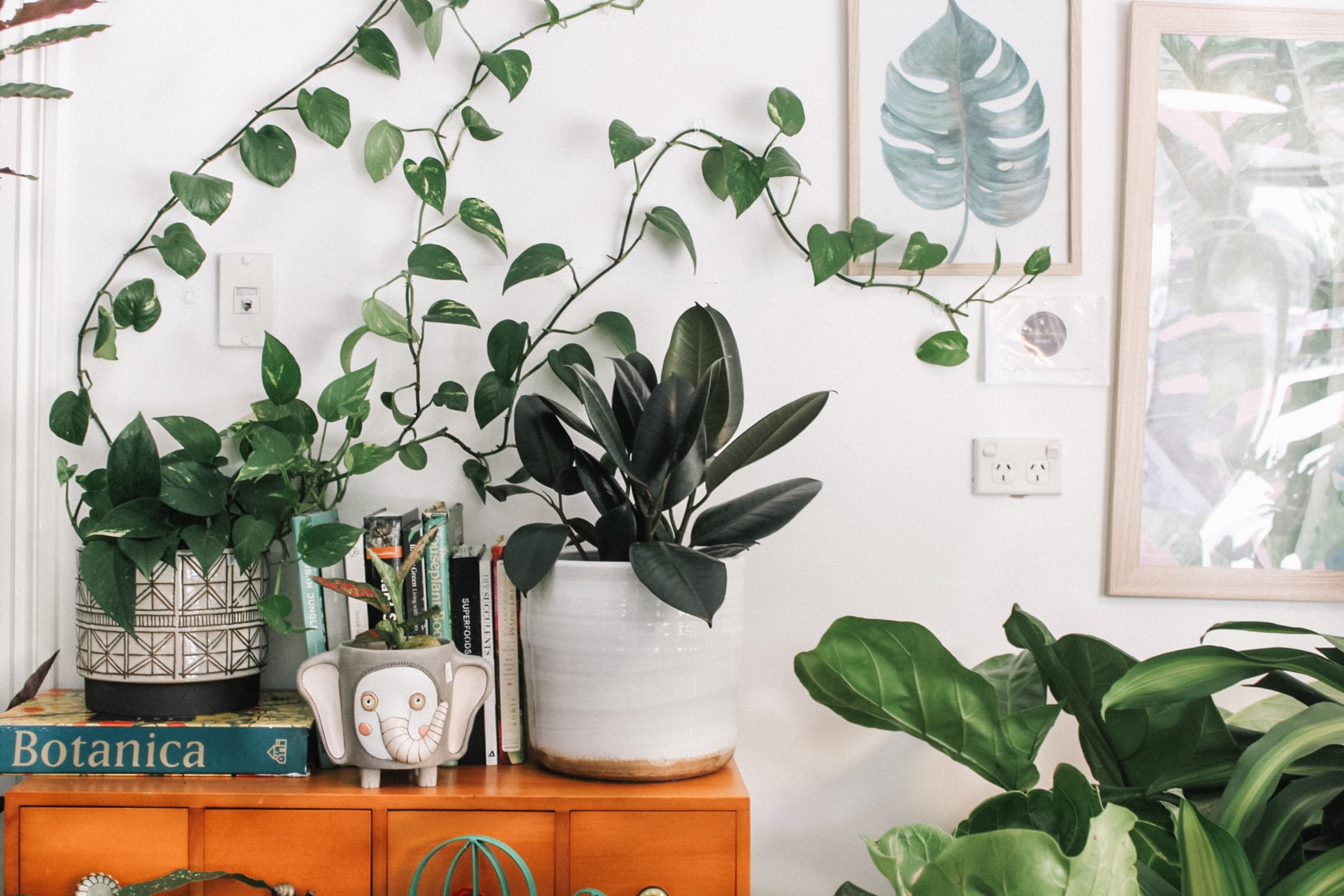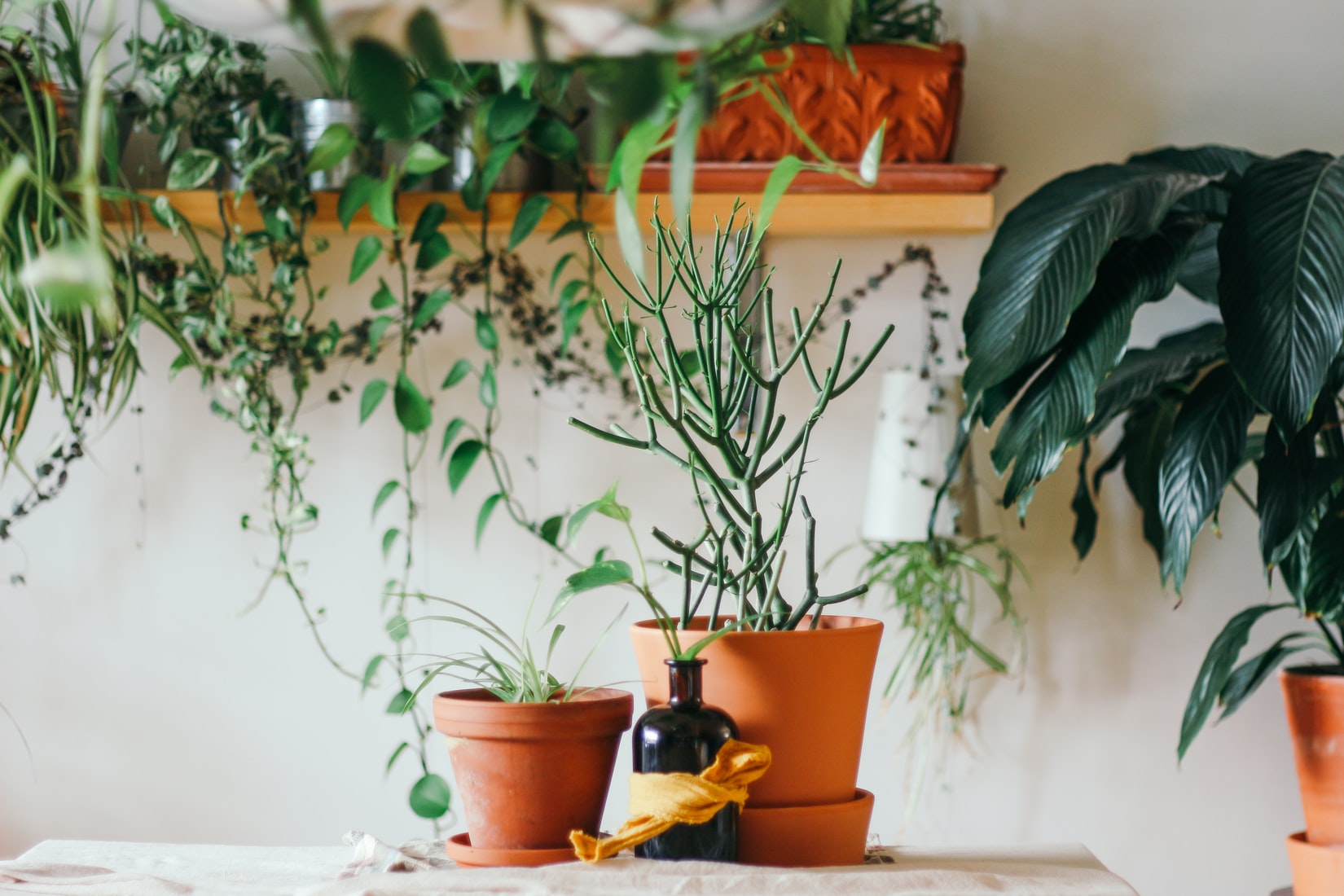How to Grow Plants in Your Apartment: A Beginner’s Guide
If there’s one thing the pandemic has done other than force people to stay at home, it’s to turn people into urban gardeners. Visit any of your friends’ profiles on social media and you’ll see a post of a plant somewhere inside their home. They might’ve gone as far as clearing a space in the yard for their new hobby.
Growing house plants has indeed become a trend and the thought of you getting into urban gardening seems absolutely interesting. That’s why you’re here! So how do you grow plants in your apartment? Here are some tips for the beginner urban gardener.
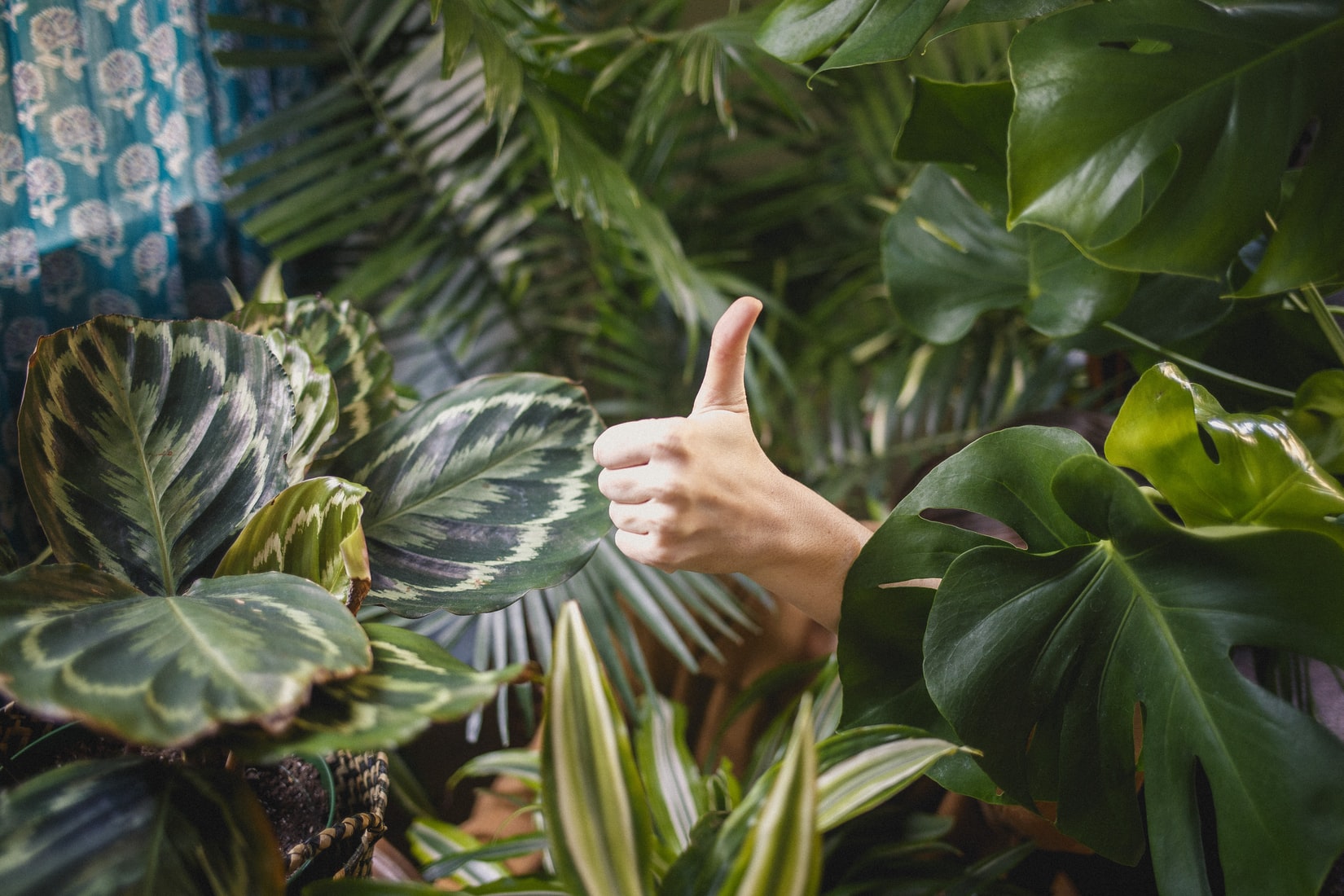
Apartment Gardening for Beginners
One thing you have to remember is that plants don’t take care of themselves. They’re not just some home decor that just magically stays aesthetically pleasing. They’re like pets, you have to give them some attention and TLC if you want them to stay as beautiful as they are for weeks and months and even years. If you live in an apartment, whether in a tiny or spacious living space, these tips will definitely help you out in your apartment gardening journey.
Start with low maintenance plants, succulents!
This is a guide for beginners and so we start with the most basic of them all, taking care of low maintenance plants, succulents! These houseplants are maintenance-free and store water for weeks and even months. These are perfect for those starting out their apartment gardening journey. Succulents come in a variety of colors, shapes, and sizes like echeveria, panda plant, zebra plant, jade, and aloe vera.
We know how tempting it is to buy a beautiful monstera or any other plant seen in some magazines. But what good will it do if you have one of those and have it die in just a week or two just because you couldn’t take care of it? Start small, aim small. If succulents survive under your care, that means you can move on to taking care of bigger plants.
Squeeze in Plant Maintenance onto your schedule
Once you know for sure you can take care of succulents, you move on to taking in bigger plants. In choosing houseplants to take care of, consider your schedule. If you’re a homebody and you spend most of your time at home, that means you have more time for plant maintenance. But if you leave your home early for work and come home late at night, that means you don’t have the luxury of time to take care of these plants.
Examples of low maintenance plants are anthuriums, asparagus ferns, peace lilies, peperomias, snake plants, cast iron plants, dieffenbachias, dracaenas, parlor palms, philodendrons, and spider plants. For those who have the luxury of time, you can go for calatheas, azaleas, orchids, wandering jews, Boston ferns, cheese plants or also known as monstera deliciosas, fiddle leaf figs, or alocasias.
Once you have the plants you want, read more about the maintenance of each plant you buy and make sure you put in the time and enough attention, give them adequate sunlight, and water.
Sunlight, soil, and water
Taking care of plants in an apartment can be quite tricky. Plants naturally love sunlight, they need sunlight, have the right kind of soil, and need water every now and then.
If you have fruiting or flowering plants, they need sunshine the whole day. If you live in an apartment that does not have enough sunlight, you definitely need to either bring them out in your balcony or near your window for sunlight. If you don’t have a balcony, you can use a grow light to sort of mimic the sun’s rays. If you don’t have a balcony and not enough sunlight in your windows, the only option is to go for plants that don’t need too much light like herbs.
Soil is an important factor in growing houseplants. It’s is where these plants get nutrients, water, and air. Ordinary garden soil will not work if you’re growing them in your apartment. What you need is a well-draining potting mix. It keeps roots healthy, it’s light and fluffy, and it efficiently circulates air. Plus, the potting mix is sterile so you don’t have to worry about bringing in any diseases at home.
Water is essential to growing house plants so make sure you position plants at home that are near to a water source so you don’t make so much of a mess. Research more about your plants and how much water they need in a day. Make sure you stick to a certain routine or schedule so it becomes a habit.
Include plants in your floorplan
As mentioned above, position your plants at home in such a way that it’s close to a water source so you don’t carry a watering can around and make a mess in your apartment. But there’s more to just putting these houseplants near a water source. Think about light and windows. Since plants need adequate sunlight and water, put your houseplants near windows and places where the sun can reach them.
So in fixing your apartment, make sure to include plants in the layout. If you need to move some of the furniture just to accommodate what your plants need, do it. All in all, if done right, you get aesthetics from a combination of how you fix your furniture and the plants you have in each room.
Now that you have some tips on how to grow plants in your apartment, you can start your journey to being an urban gardener. Having house plants can do more than just make your living space look better; they clean the air you breathe at home and act as a natural stress reliever too.
